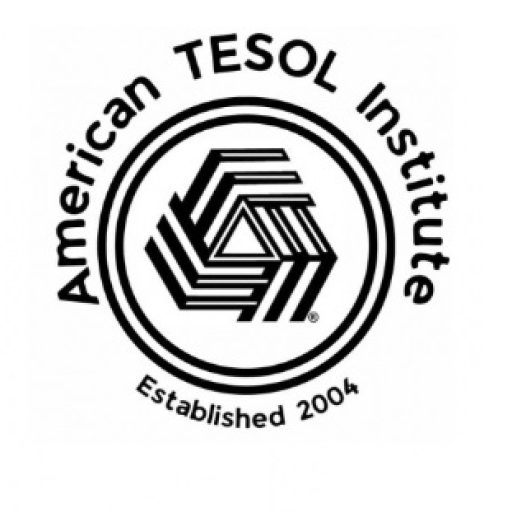In today’s digital age, educators are constantly seeking innovative ways to engage students and enhance learning experiences. One such tool that has gained popularity in recent years is the Quick Response (QR) code. This matrix barcode, easily scannable by smartphones, can store a variety of information, from text and website links to multimedia content.
What are QR Codes?
A QR code is a type of two-dimensional barcode that can be read using a smartphone camera or a dedicated QR code reader app. It consists of black modules arranged in a square pattern on a white background. The information encoded within the code can vary, including text, URLs, contact details, or even complete documents.
QR Codes in the ESL Classroom
The versatility of QR codes makes them a valuable asset for ESL teachers. Here are five ways they can be integrated into your lessons:
- Vocabulary Enrichment: Create QR codes linked to online dictionaries or pronunciation guides. Students can scan the codes to access instant definitions, audio pronunciations, and example sentences, fostering independent vocabulary acquisition.
- Interactive Scavenger Hunts: Design scavenger hunts where students scan QR codes placed around the classroom or school to reveal clues, questions, or tasks related to the lesson. This gamified approach promotes active learning and collaboration.
- Enhanced Listening Activities: Embed QR codes in worksheets or textbooks that link to audio recordings of dialogues, interviews, or stories. Students can scan the codes to listen to the material multiple times, improving their listening comprehension skills.
- Augmented Reality Experiences: Use QR codes to trigger augmented reality (AR) experiences. Students can scan codes to access 3D models, animations, or interactive quizzes, adding a layer of engagement and excitement to the learning process.
- Student-Generated Content: Have students create their own QR codes containing information about themselves, their projects, or their learning reflections. This encourages digital literacy and empowers students to share their knowledge with others.
Conclusion:
QR codes offer a simple yet powerful way to enhance ESL instruction. By incorporating them into your lessons, you can create interactive, engaging, and student-centered learning experiences that cater to diverse learning styles. Embrace this technology and unlock a new dimension of possibilities in your classroom.


